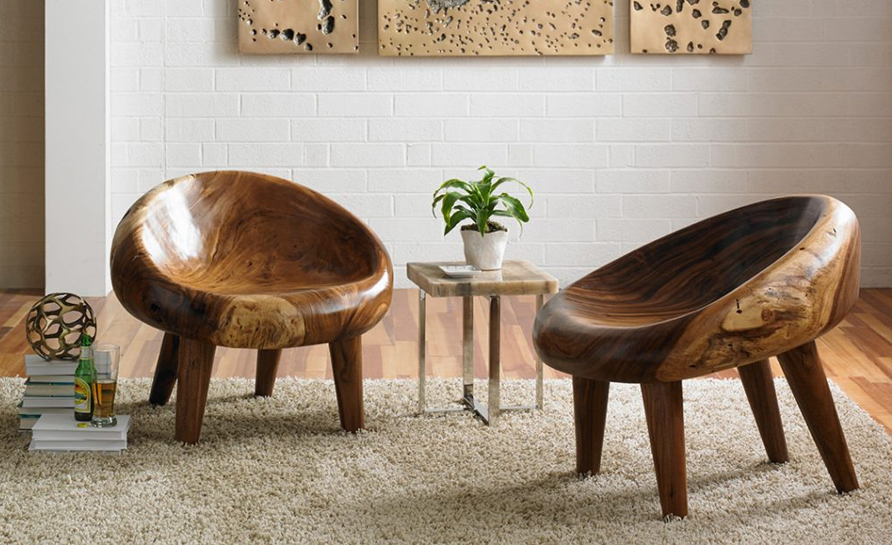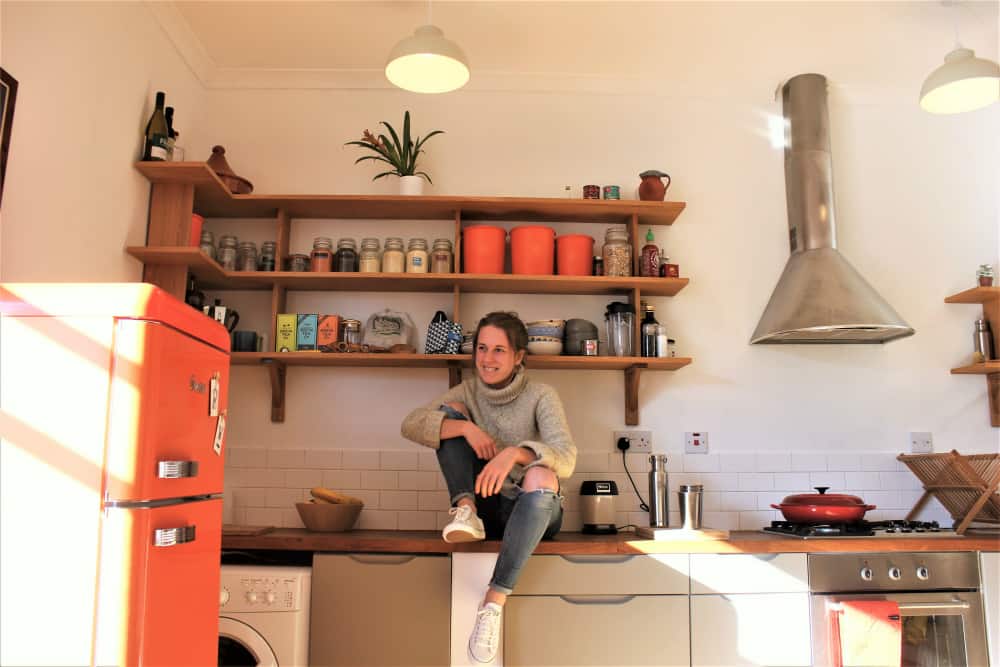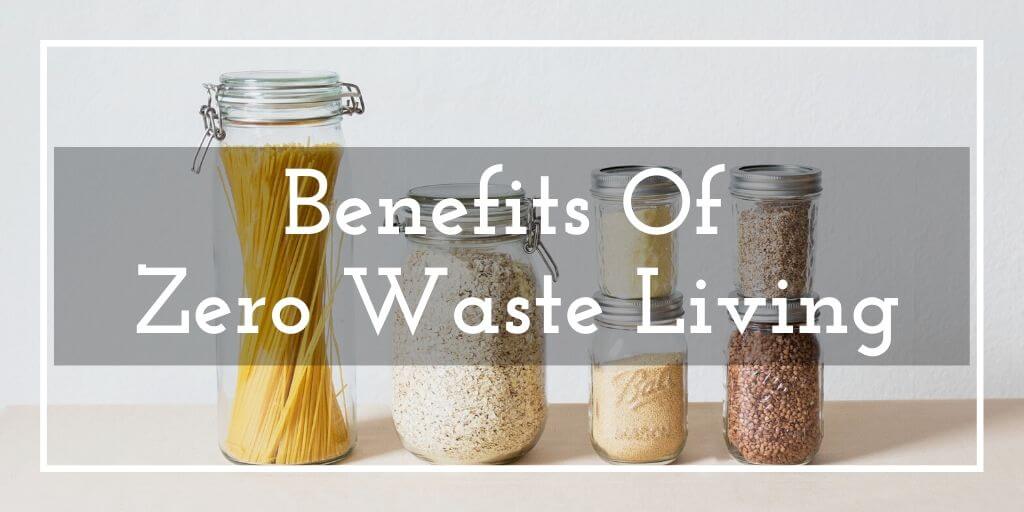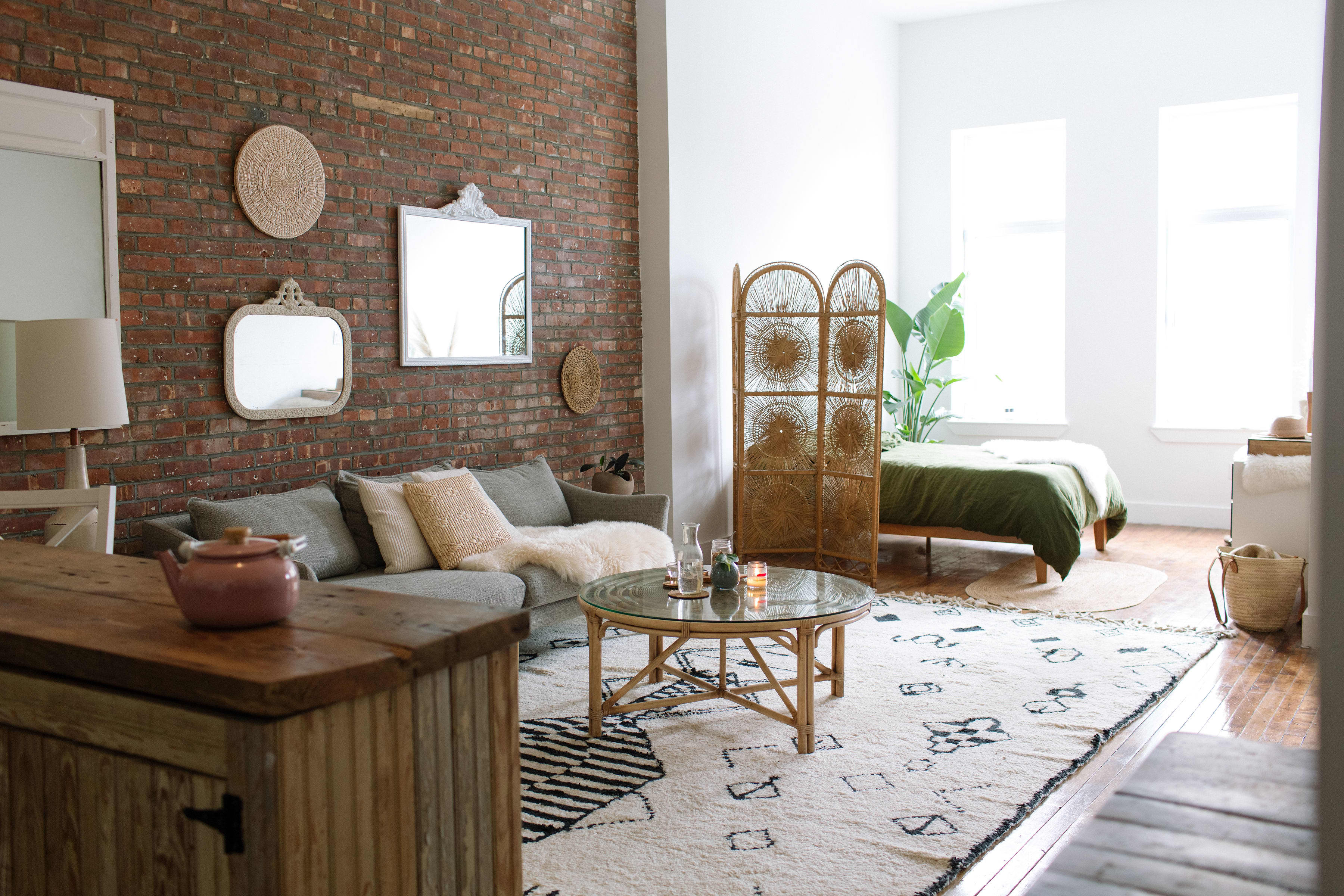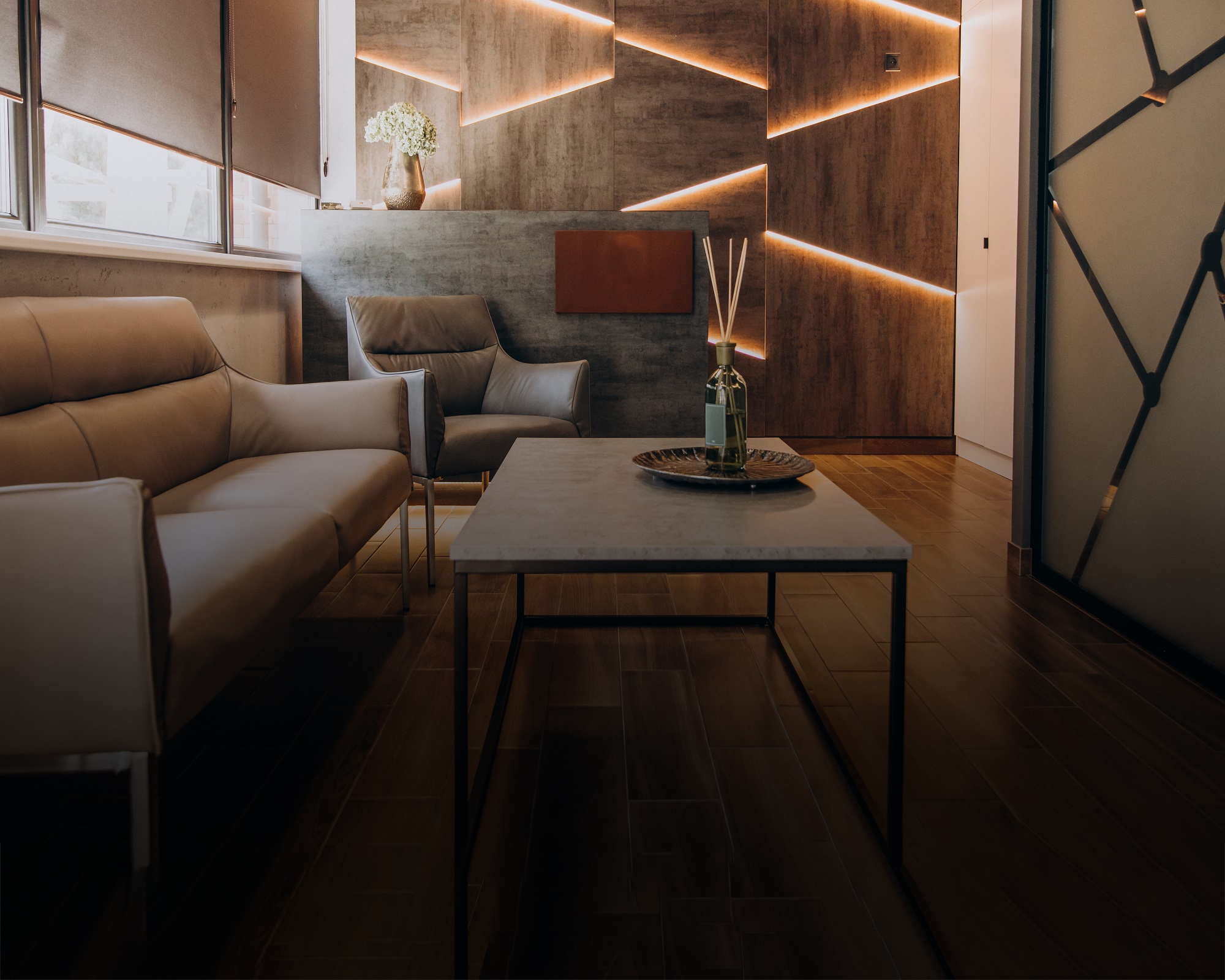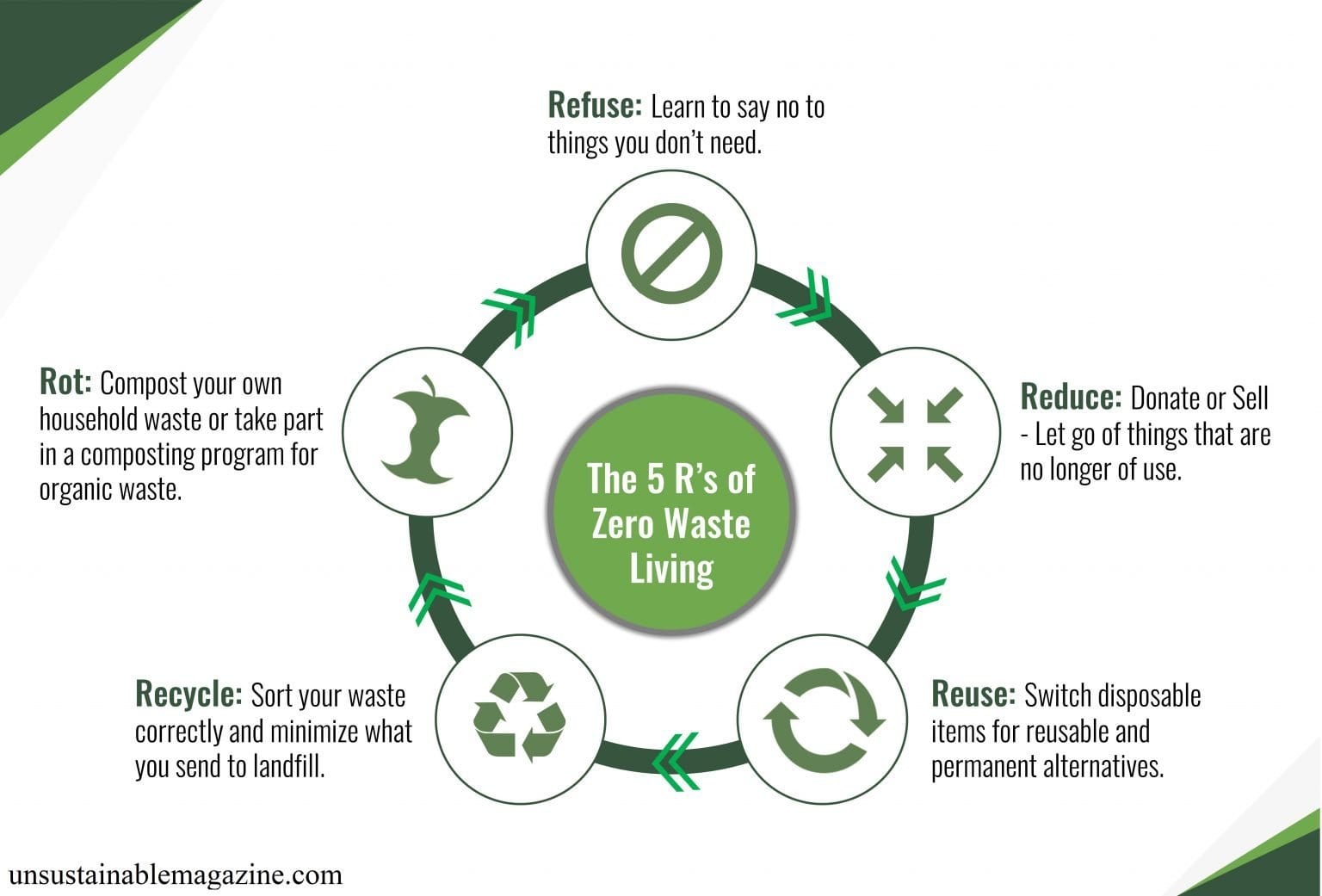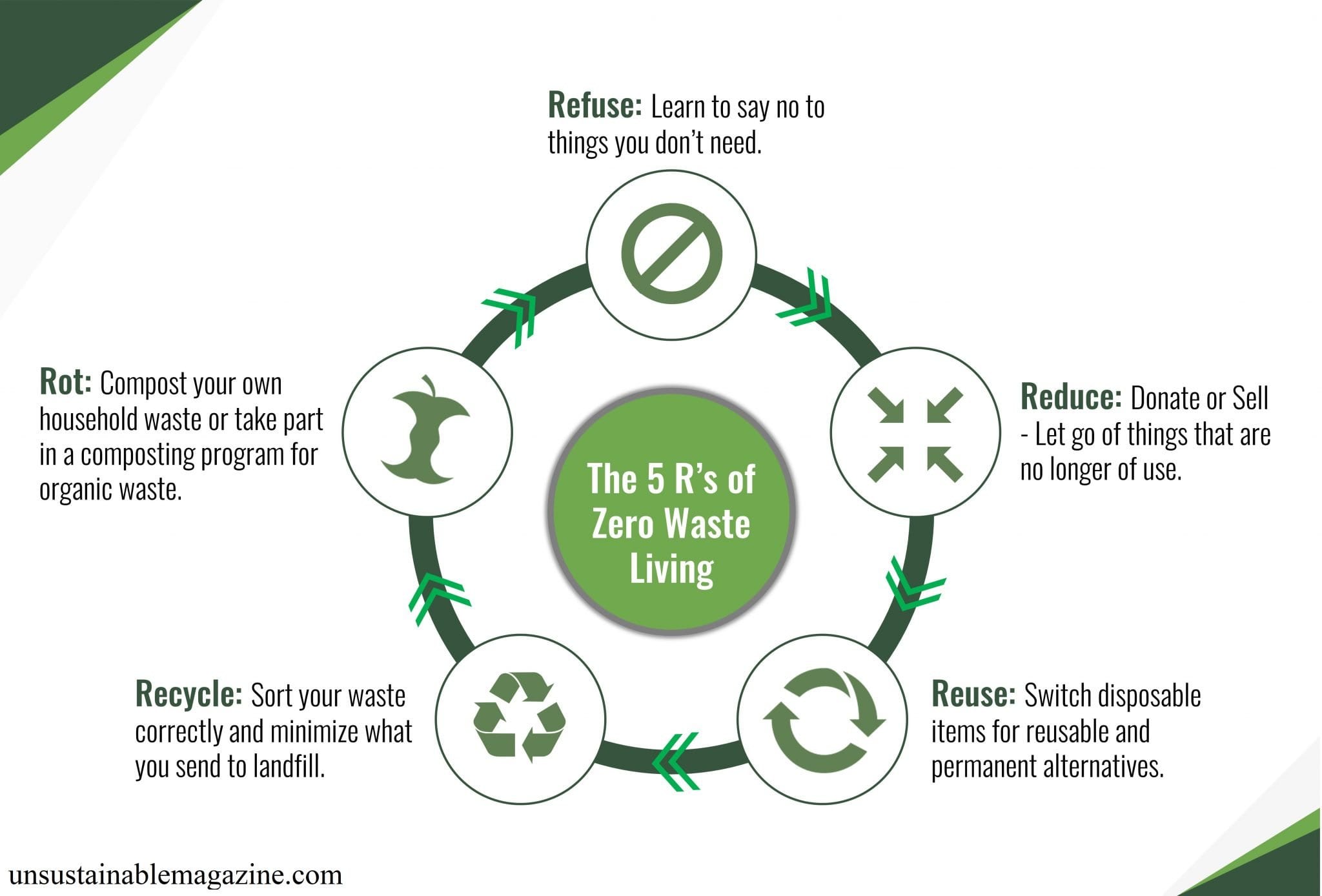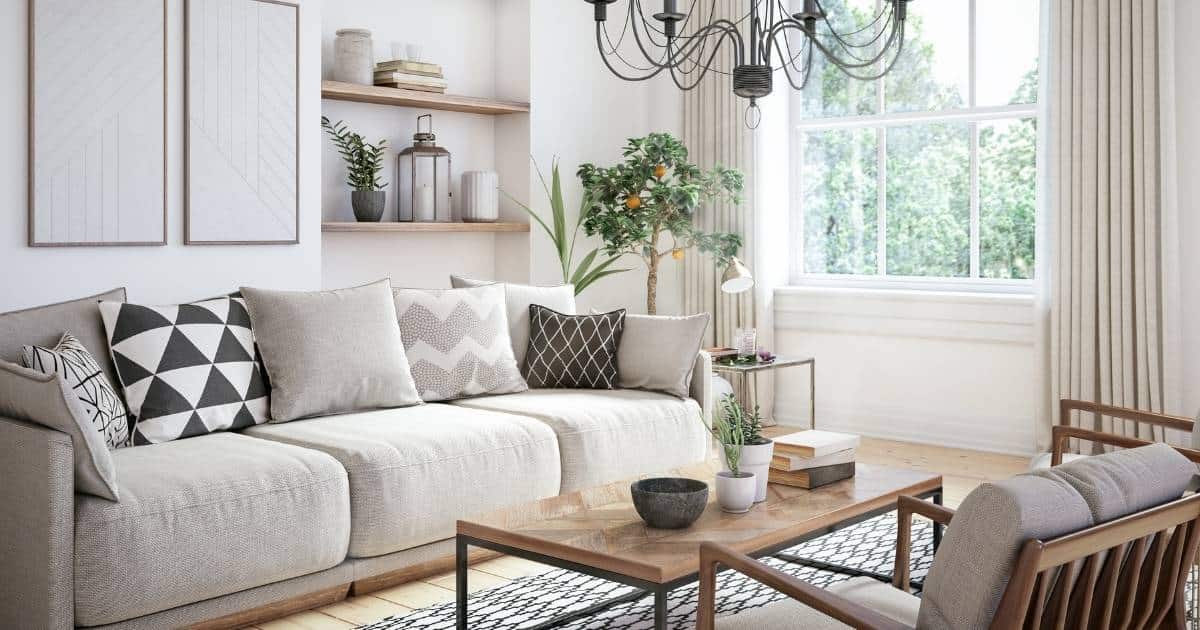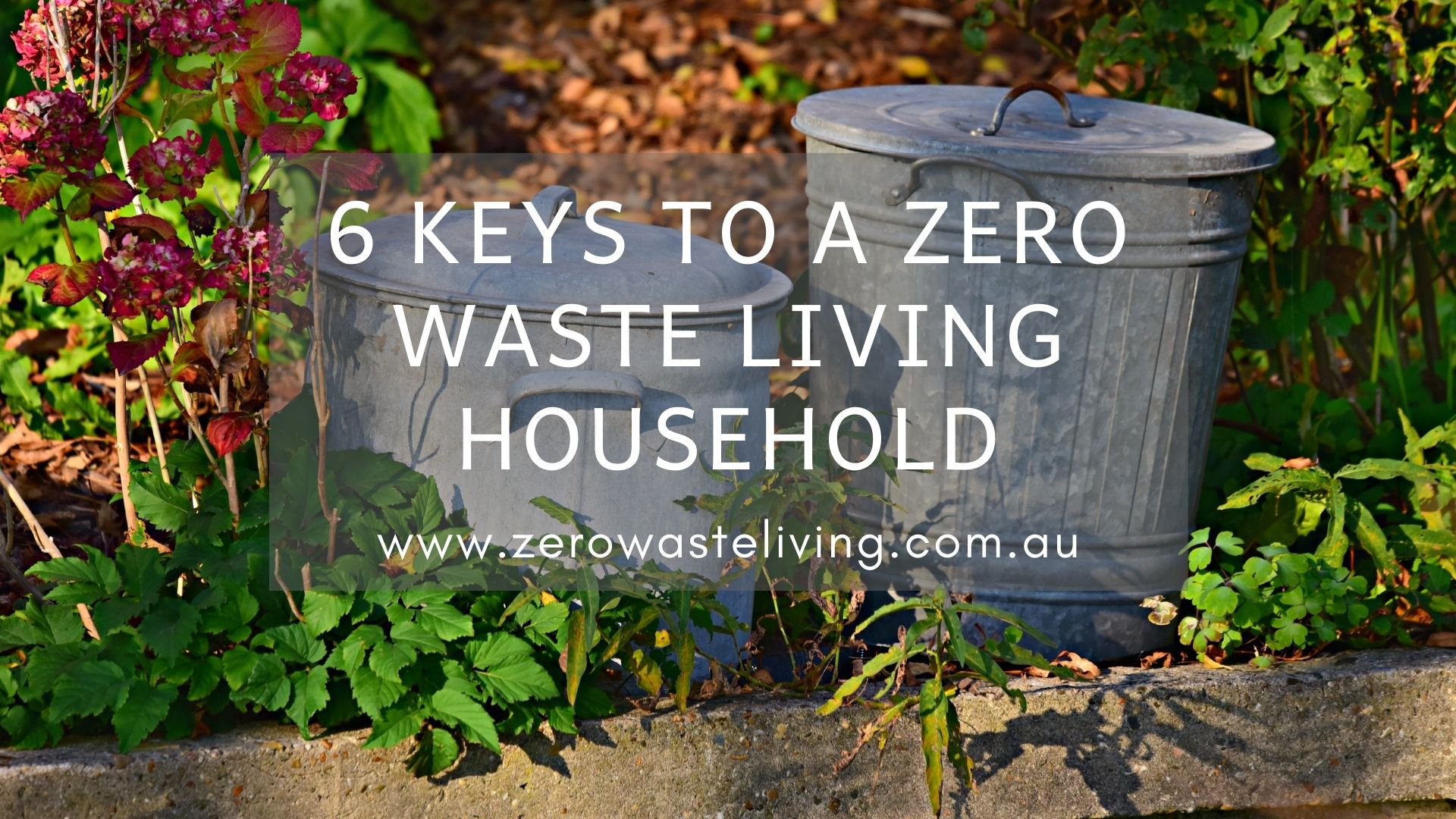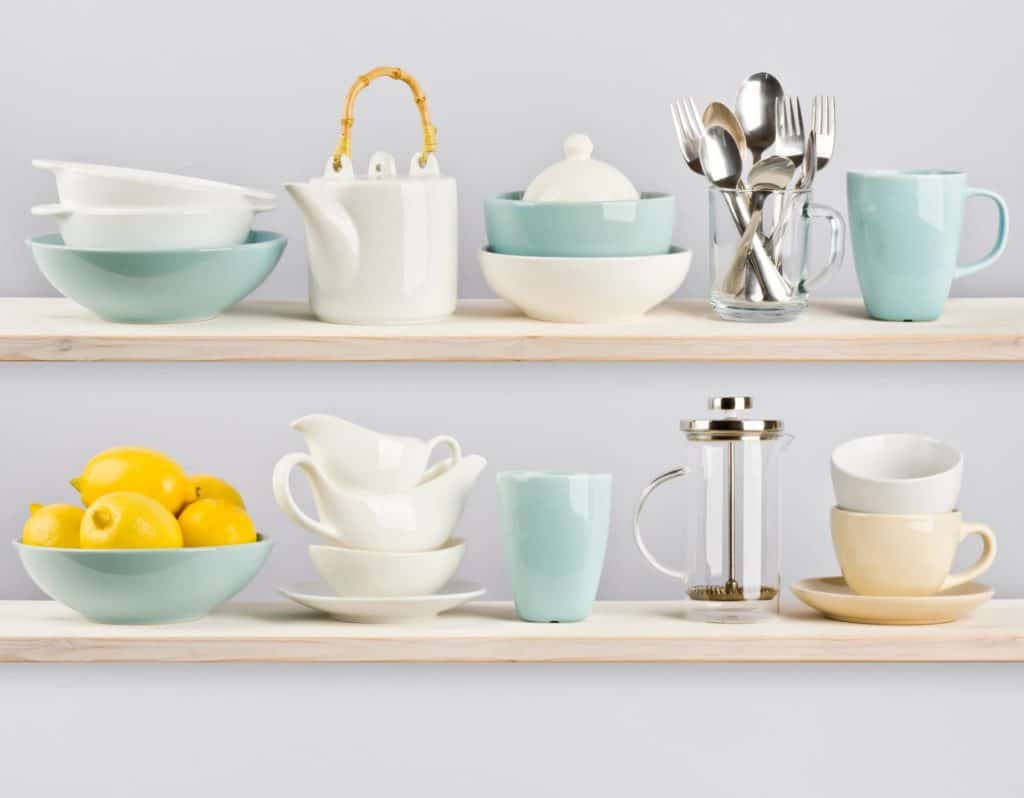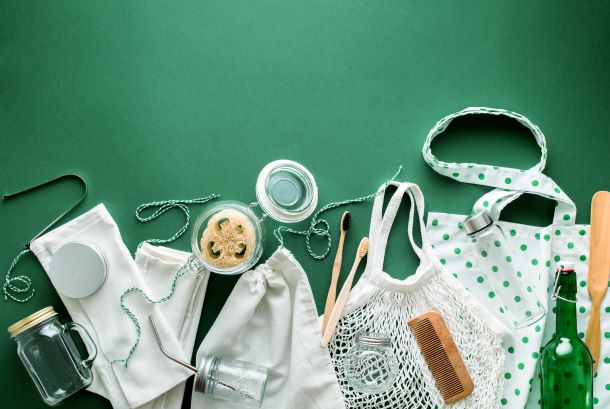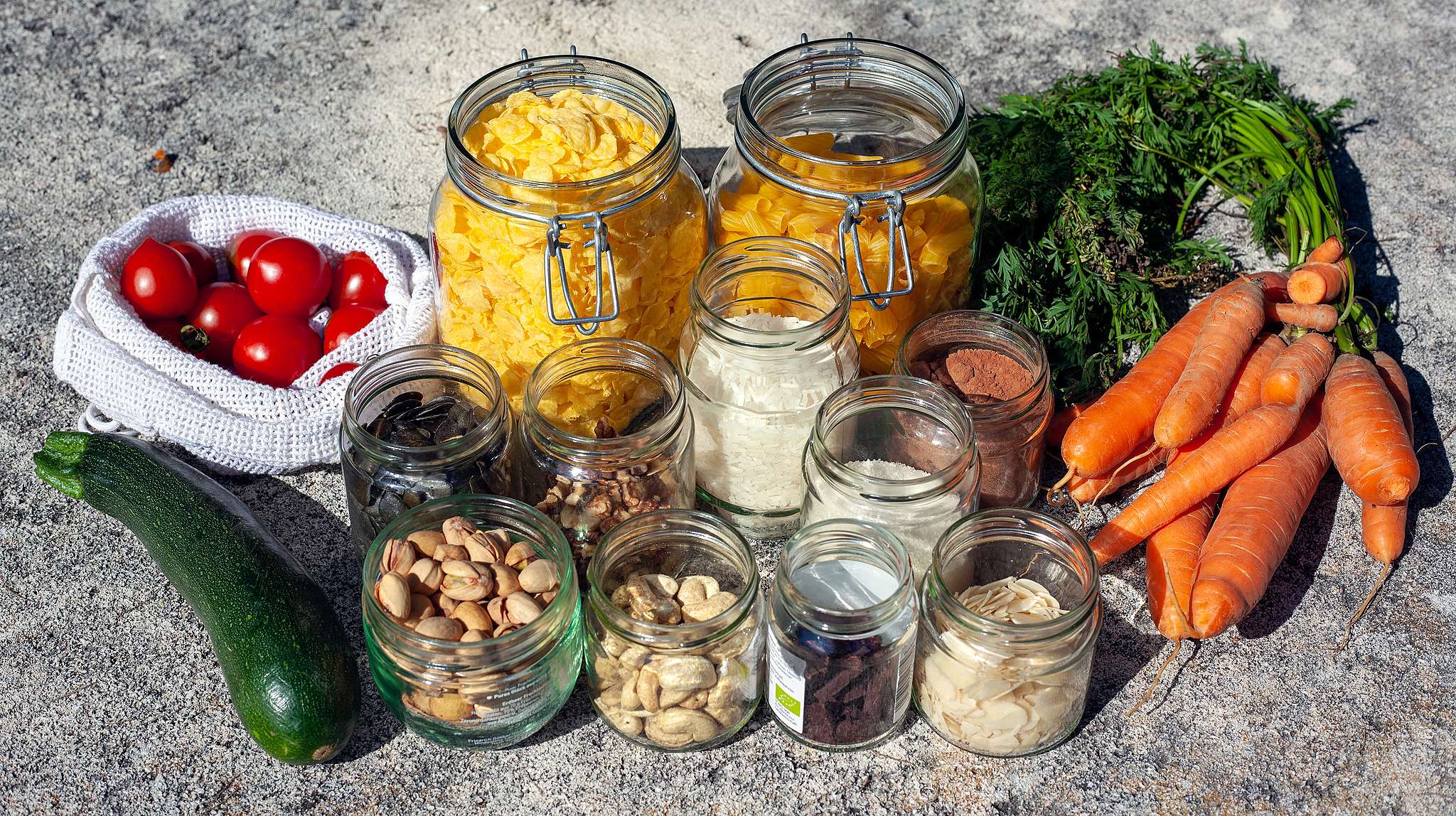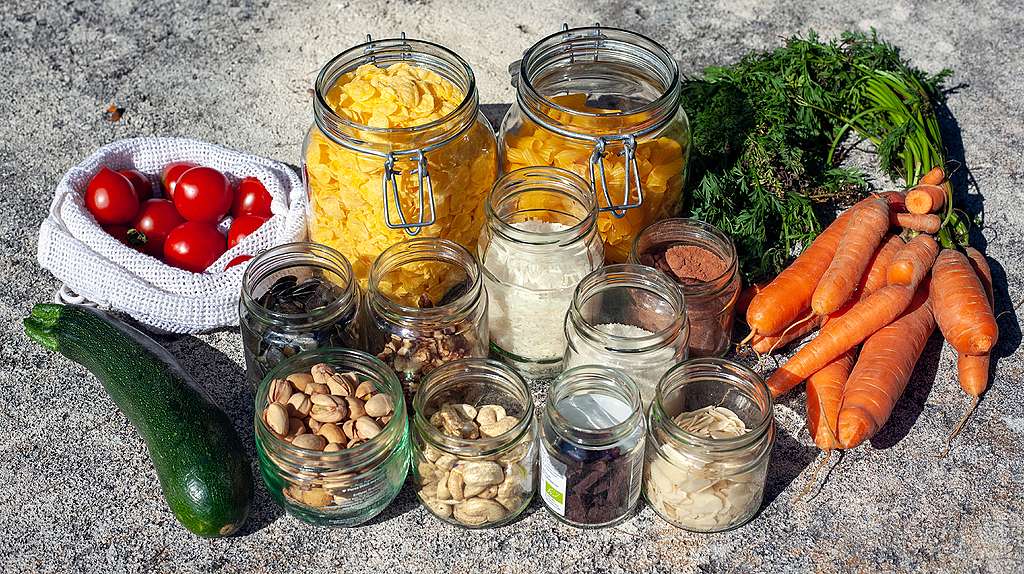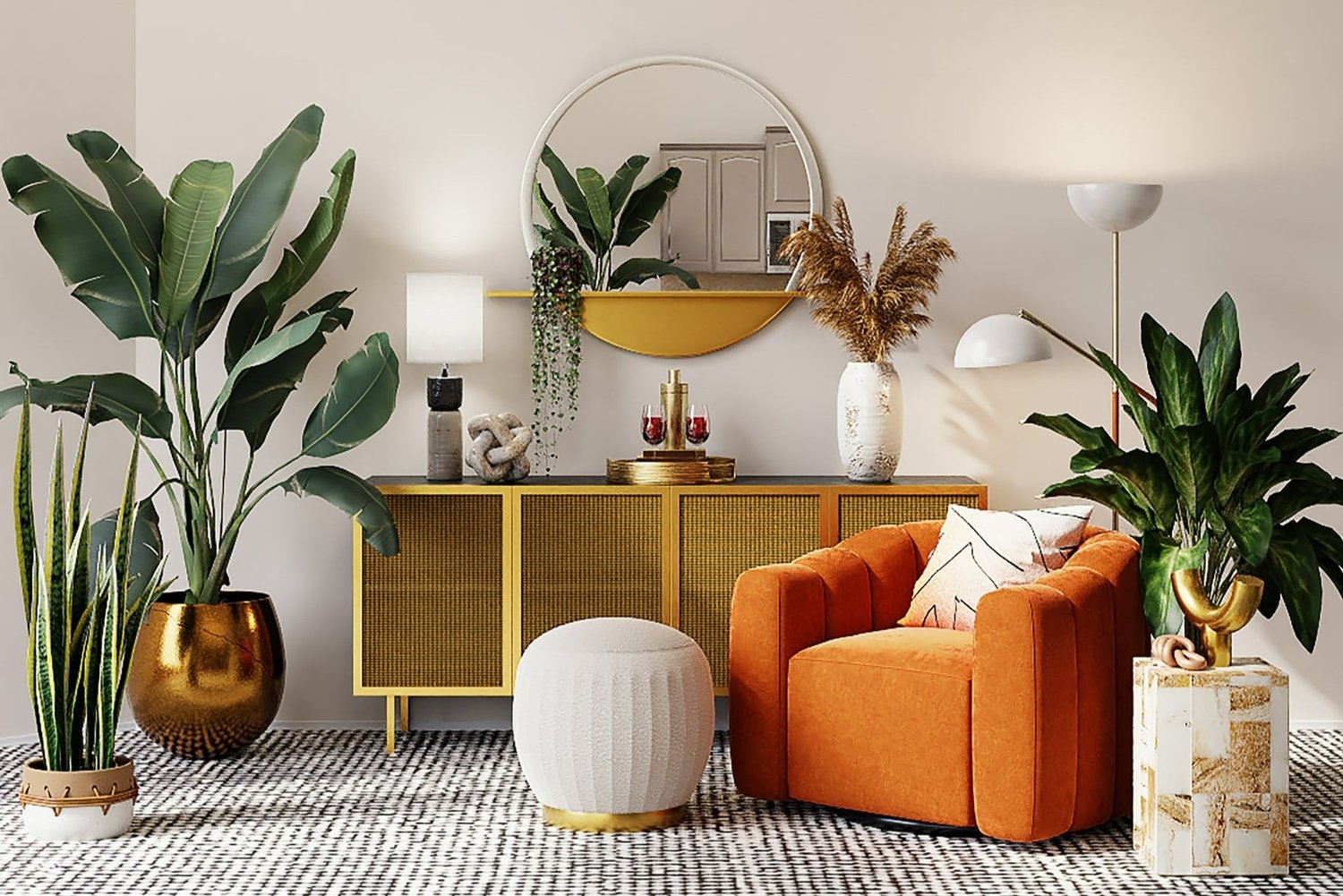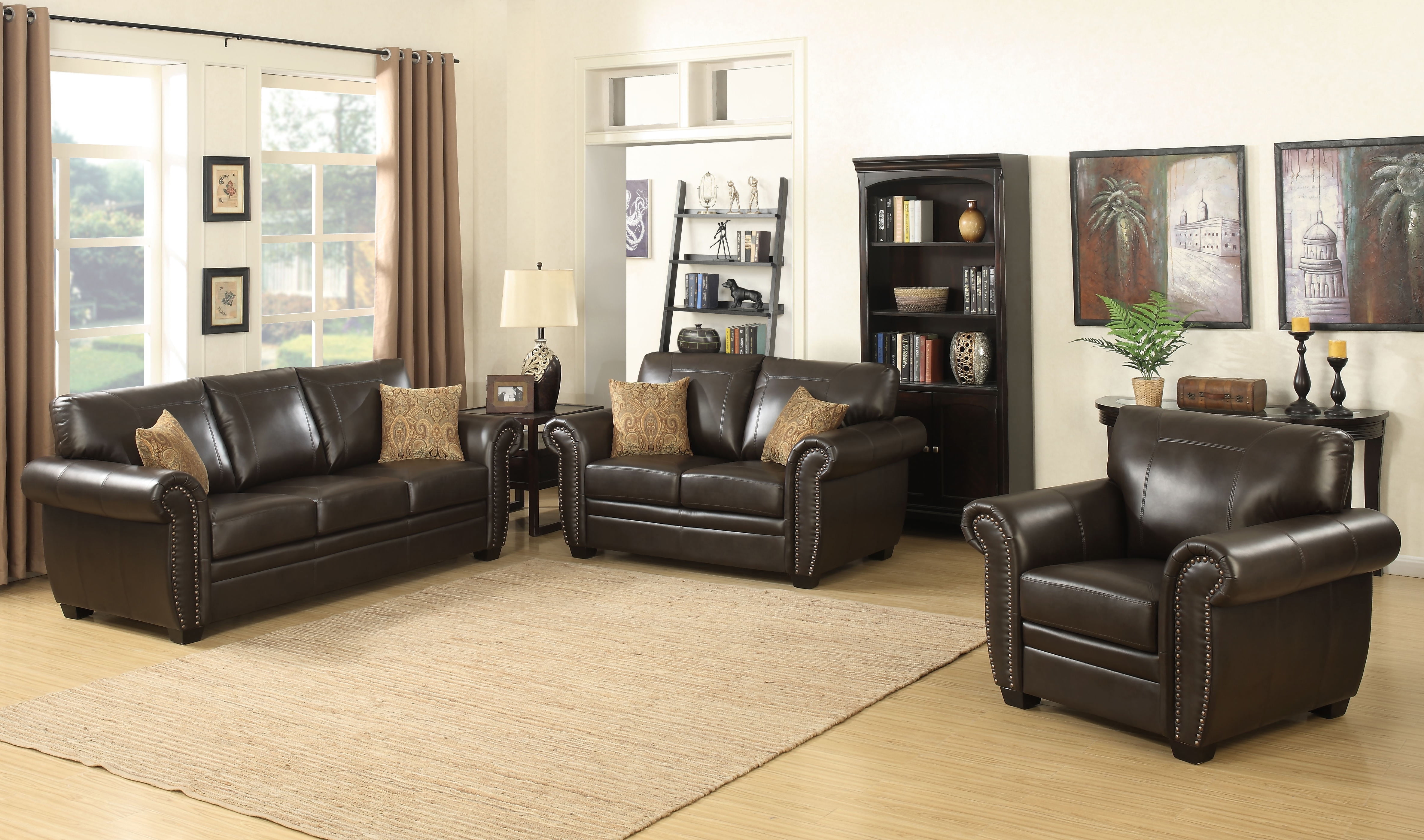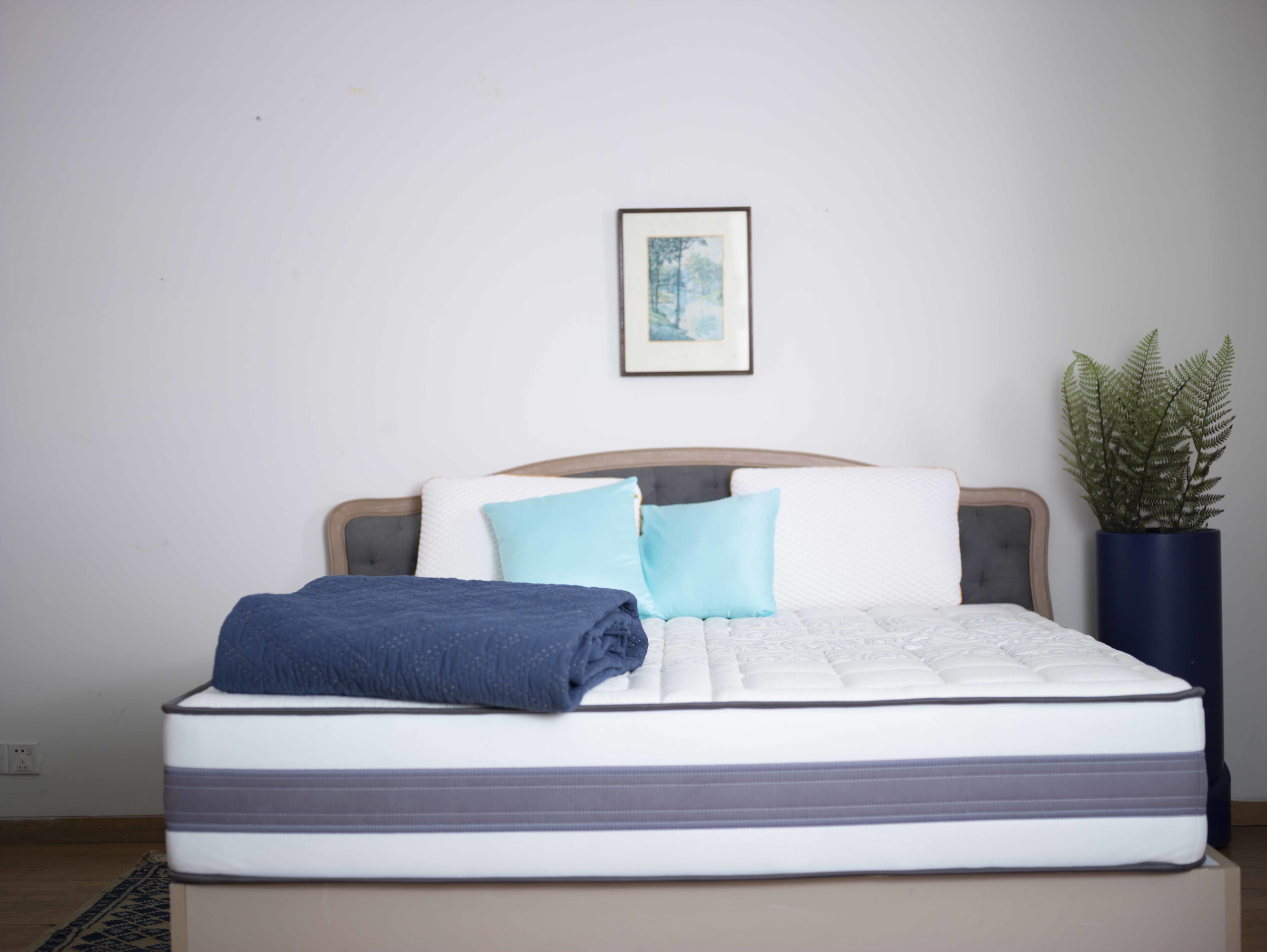1. Sustainable Furniture for a Zero Waste Living Room
When it comes to creating a zero waste living room, one of the most important factors to consider is the type of furniture you choose. Opting for sustainable and eco-friendly furniture not only helps reduce waste, but it also ensures that your living room is free from harmful chemicals and materials.
Look for furniture that is made from natural and renewable materials such as bamboo, reclaimed wood, or organic cotton. These materials not only have a smaller environmental impact, but they also add a unique and natural touch to your living room.
Another way to incorporate sustainability into your furniture choices is to buy secondhand or vintage pieces. These items not only give new life to old furniture, but they also reduce the need for new production and resources.
2. How to Create a Minimalist and Zero Waste Living Room
Minimalism and zero waste living go hand in hand. By simplifying your living room and reducing unnecessary items, you can create a space that is both aesthetically pleasing and environmentally friendly.
Start by decluttering your living room and getting rid of items that you no longer need or use. Donate or sell these items instead of throwing them away, as this reduces waste and gives them a chance to be repurposed by someone else.
Next, opt for multi-functional furniture pieces to maximize space and reduce the need for excess items. For example, a storage ottoman can serve as both a seating and storage solution, reducing the need for additional shelves or bins.
3. Eco-Friendly Decor Ideas for a Zero Waste Living Room
When it comes to decorating your zero waste living room, there are plenty of eco-friendly options to choose from. Consider using natural and sustainable materials such as jute, hemp, or organic cotton for rugs, curtains, and throw pillows.
You can also incorporate plants into your decor, not only adding a touch of greenery but also improving air quality in your living room. Choose plants that are easy to care for and can thrive in indoor environments.
Another sustainable decor idea is to repurpose items you already have at home. For example, mason jars can be used as vases or candle holders, and old books can be turned into unique art pieces.
4. Upcycling Tips for a Zero Waste Living Room
Upcycling is the process of repurposing old or discarded items, turning them into something new and useful. This is a great way to reduce waste and add a personal touch to your living room.
One simple way to upcycle is by using old fabric scraps to create unique and colorful throw pillows. You can also turn old t-shirts into a cozy and eco-friendly rug by braiding or weaving them together.
For a more challenging upcycling project, consider turning old wooden pallets into a coffee table or bookshelf. This not only reduces waste but also adds a rustic and unique element to your living room.
5. Zero Waste Cleaning Products for a Tidy Living Room
Keeping your living room clean and tidy is important for both the aesthetics and functionality of the space. However, many conventional cleaning products are full of harmful chemicals and come in single-use plastic packaging, making them harmful for both the environment and your health.
Instead of buying these products, consider making your own zero waste cleaning solutions. Simple ingredients like vinegar, baking soda, and essential oils can be used to create effective and eco-friendly cleaners for your living room.
You can also opt for reusable cleaning tools such as washable microfiber cloths and sponges, reducing the need for disposable cleaning wipes and paper towels.
6. DIY Projects for a Zero Waste Living Room
DIY projects are a great way to add a personal touch to your living room while also reducing waste. There are plenty of easy and fun projects you can do to create unique and eco-friendly items for your living room.
For example, you can create a wall hanging using old t-shirts or fabric scraps, or turn old glass jars into stylish candle holders. You can also make your own natural air freshener using essential oils and a reusable spray bottle.
Get creative and think outside the box to come up with DIY projects that fit your living room's aesthetic and your own personal style.
7. Natural and Non-Toxic Materials for a Zero Waste Living Room
When it comes to choosing materials for your living room, it's important to opt for natural and non-toxic options. This not only reduces waste but also ensures that your living room is a safe and healthy space for you and your family.
Choose natural and organic fabrics for your furniture and decor, such as organic cotton, linen, or wool. These materials are free from harmful chemicals and are biodegradable, making them a more sustainable choice.
For other materials such as paint, opt for low or zero VOC options to reduce air pollution and toxic fumes in your living room.
8. Sustainable Lighting Options for a Zero Waste Living Room
Lighting can have a significant impact on the ambiance and energy consumption of your living room. To create a zero waste living space, consider using sustainable lighting options.
Choose energy-efficient LED or CFL light bulbs to reduce energy consumption and waste. You can also opt for natural lighting by opening up windows and using sheer curtains, reducing the need for artificial lighting during the day.
For a cozy and eco-friendly alternative to traditional lamps, consider using candles or solar-powered lights in your living room. These options not only create a warm and inviting atmosphere, but they also reduce energy consumption and waste.
9. Decluttering and Organizing for a Zero Waste Living Room
Decluttering and organizing are essential for maintaining a zero waste living room. By reducing clutter and having a designated place for everything, you can easily keep your living room tidy and free from unnecessary items.
Start by evaluating the items in your living room and getting rid of anything that you no longer need or use. Then, designate specific areas for different categories, such as a basket for throw blankets or a shelf for books.
Make sure to also have a designated area for items that can be recycled or repurposed, such as old magazines or cardboard boxes.
10. How to Incorporate Plants into a Zero Waste Living Room
Plants not only add a touch of nature to your living room, but they also have many benefits for both your physical and mental health. In a zero waste living room, incorporating plants is a great way to add beauty and reduce waste.
Choose plants that are easy to care for and can thrive in indoor environments, such as spider plants, snake plants, or pothos. You can also incorporate herbs or small vegetables into your living room for a functional and sustainable touch.
Make sure to use natural and biodegradable pots for your plants, such as terracotta or bamboo, and avoid plastic or synthetic materials.
The Benefits of a Zero Waste Living Room
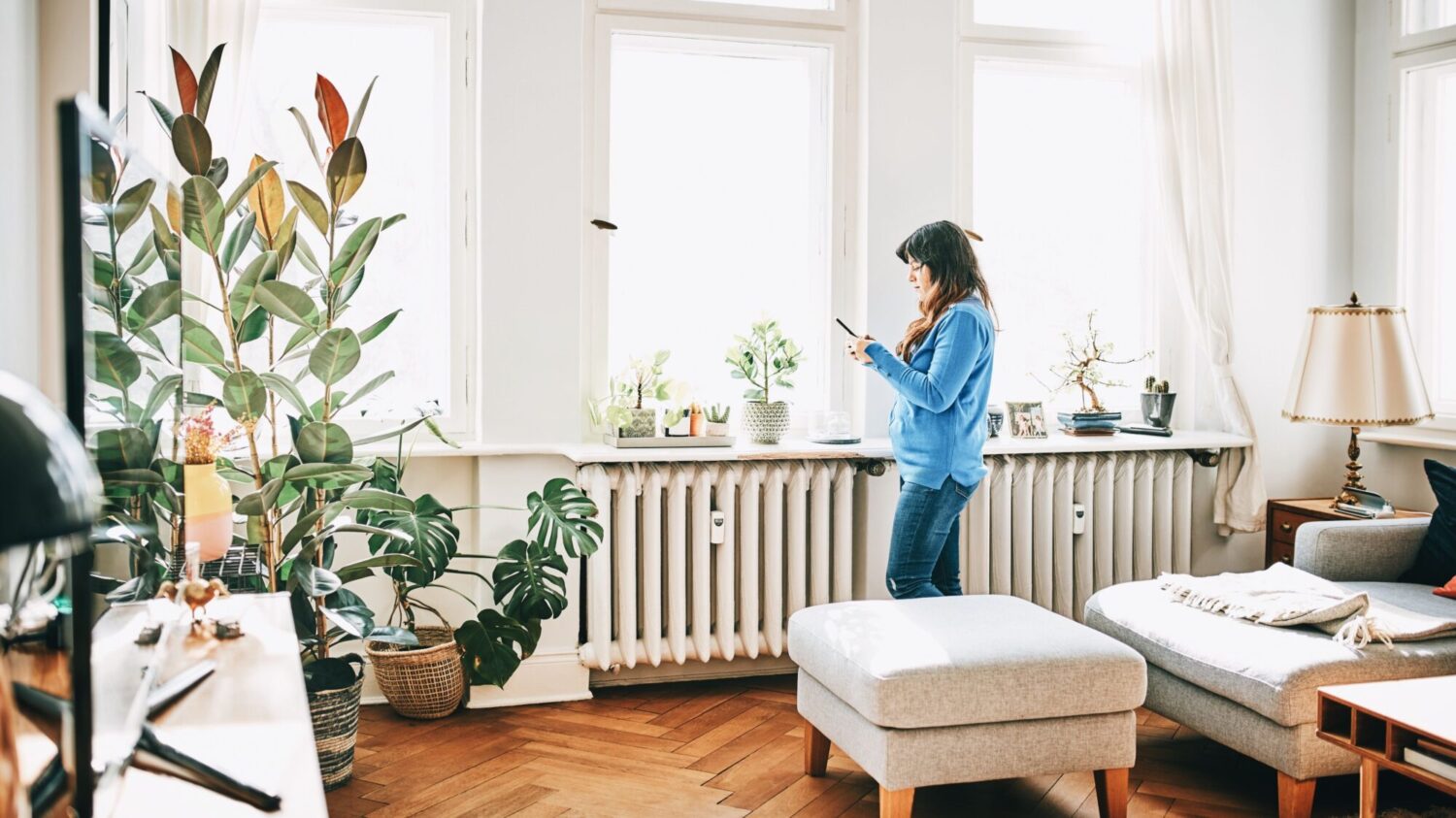
Creating a Sustainable Space
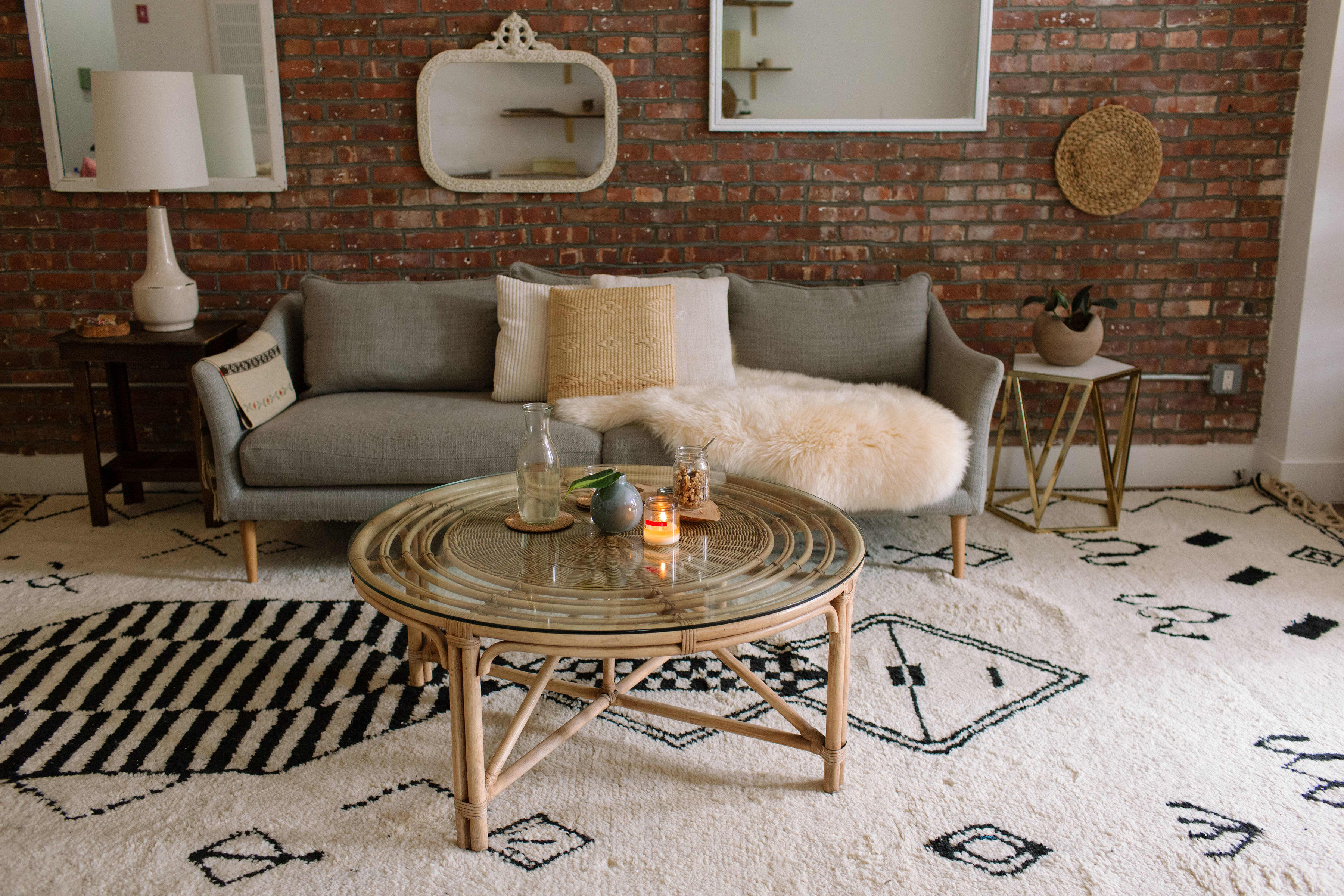 In recent years, there has been a growing movement towards
zero waste living
, and for good reason. With our planet facing environmental challenges, it is more important than ever to make changes in our daily habits. One area where we can make a big impact is in our
living rooms
. By adopting
zero waste
principles in this space, we can not only reduce our environmental footprint, but also create a more
sustainable
and
healthy
living environment for ourselves and our families.
In recent years, there has been a growing movement towards
zero waste living
, and for good reason. With our planet facing environmental challenges, it is more important than ever to make changes in our daily habits. One area where we can make a big impact is in our
living rooms
. By adopting
zero waste
principles in this space, we can not only reduce our environmental footprint, but also create a more
sustainable
and
healthy
living environment for ourselves and our families.
Reducing Waste
 The concept of
zero waste
living is centered around the idea of reducing the amount of waste we produce. This means finding ways to eliminate, recycle, or reuse items that would otherwise end up in landfills. In the context of a
living room
, this could involve choosing
eco-friendly
and
recyclable
materials for furniture and decor, as well as opting for
sustainable
and
reusable
cleaning products.
The concept of
zero waste
living is centered around the idea of reducing the amount of waste we produce. This means finding ways to eliminate, recycle, or reuse items that would otherwise end up in landfills. In the context of a
living room
, this could involve choosing
eco-friendly
and
recyclable
materials for furniture and decor, as well as opting for
sustainable
and
reusable
cleaning products.
Creating a Natural and Healthy Space
 A
zero waste living room
also promotes the use of
natural
and
non-toxic
materials. This can include furniture made from
reclaimed wood
or
organic
materials, as well as
chemical-free
cleaning products and
organic
textiles. By eliminating harmful chemicals and toxins from our living spaces, we can create a healthier environment for ourselves and our families.
A
zero waste living room
also promotes the use of
natural
and
non-toxic
materials. This can include furniture made from
reclaimed wood
or
organic
materials, as well as
chemical-free
cleaning products and
organic
textiles. By eliminating harmful chemicals and toxins from our living spaces, we can create a healthier environment for ourselves and our families.
Saving Money
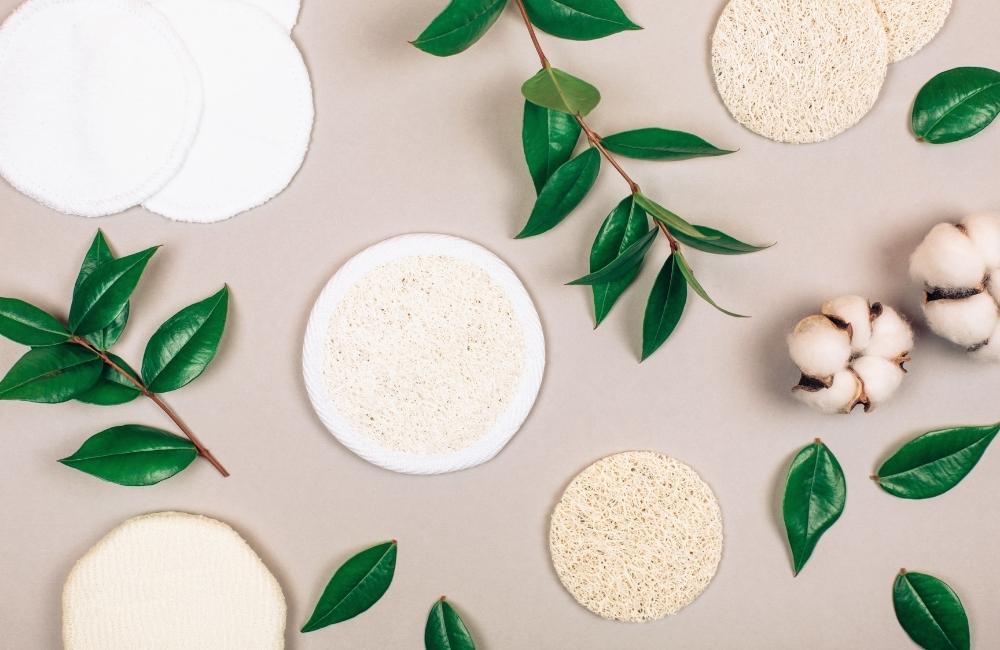 In addition to the environmental benefits, adopting a
zero waste
approach to our living rooms can also save us money in the long run. By choosing
quality
and
sustainable
materials, we can reduce our need to constantly replace items and instead invest in long-lasting, durable pieces. Additionally, by making our own cleaning products and being conscious of our energy and water usage, we can also save on monthly utility bills.
In addition to the environmental benefits, adopting a
zero waste
approach to our living rooms can also save us money in the long run. By choosing
quality
and
sustainable
materials, we can reduce our need to constantly replace items and instead invest in long-lasting, durable pieces. Additionally, by making our own cleaning products and being conscious of our energy and water usage, we can also save on monthly utility bills.
Conclusion
 In conclusion, a
zero waste living room
not only benefits the environment, but also promotes a healthier and more sustainable way of living. By making small changes in our daily habits and choices, we can create a space that is not only beautiful and functional, but also contributes to a better future for our planet. Let's embrace the
zero waste
lifestyle and make a positive impact, one living room at a time.
In conclusion, a
zero waste living room
not only benefits the environment, but also promotes a healthier and more sustainable way of living. By making small changes in our daily habits and choices, we can create a space that is not only beautiful and functional, but also contributes to a better future for our planet. Let's embrace the
zero waste
lifestyle and make a positive impact, one living room at a time.




